Implementing Rapid Shutdown with 2023 NEC 690.12
First introduced in the 2014 National Electrical Code (NEC), rapid shutdown requirements within Article 690 have witnessed several revisions. Thankfully, the 2023 version of NEC 690.12 has included some new changes that help clarify the intent and requirements for rapid shutdown (RSD) on certain structures and specific PV conductor schemes.
In this article, we’ll look at two changes that align with other building and fire codes, and, hopefully, with common sense, namely: a) NEC 2023 Section 690.12, Exception No. 2, and b) the exception to NEC 2023 Section 690.12(A).
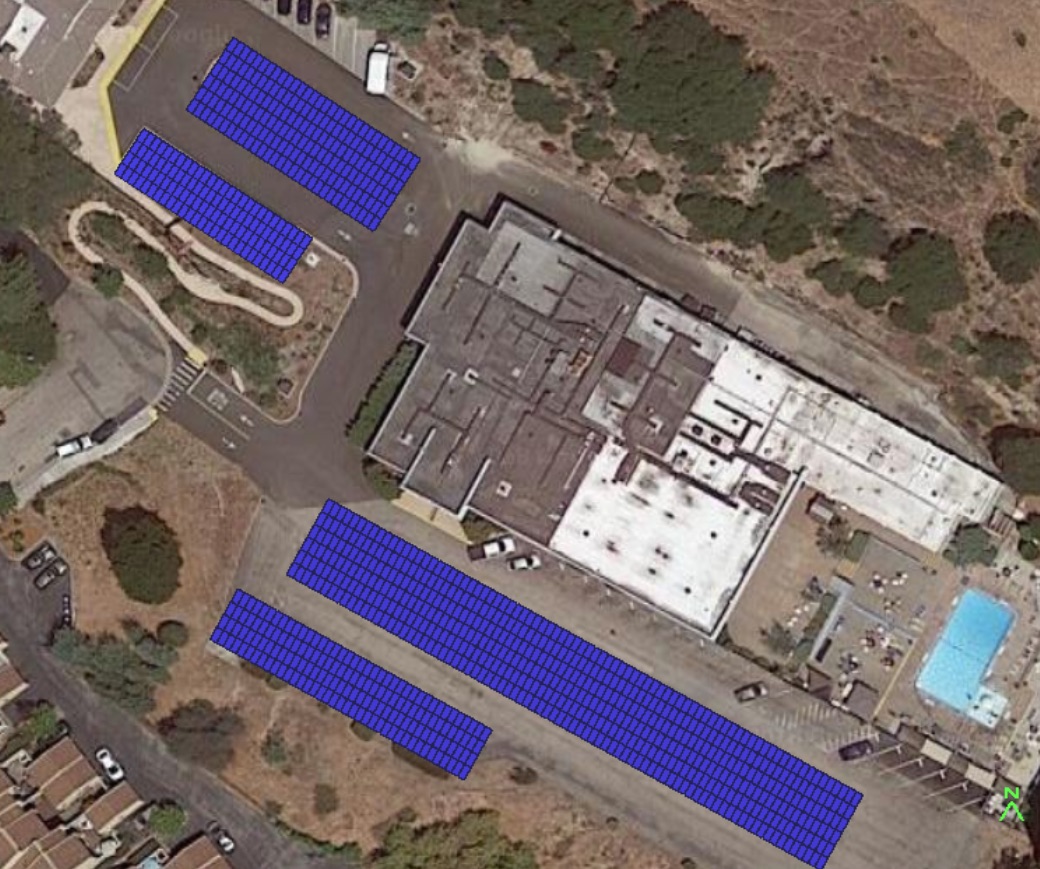
What are the RSD requirements from NEC for PV on canopies, trellises, and carports?
Looking back to the 2020 Article 690, 690.12 states, “PV system circuits installed on or in buildings shall include a rapid shutdown function to reduce shock hazard for firefighters in accordance with 690.12(A) through (D).” This statement defines the intent of the Code section as reducing the shock hazard for firefighters. It becomes the basis of when RSD is required: locations where firefighter interaction would put those individuals at risk of shock. These locations include buildings where firefighters will be walking on the roof sections that hold the PV modules.
Some jurisdictions interpreted the 2020 language to include structures like solar canopies in the rapid shutdown requirement. Given that the rapid shutdown requirement applies for PV circuits installed “on or in buildings," and given also significant ambiguities between the 2020 NEC’s definition of ‘building’ and other relevant building codes' definition(s) of ‘building,’ such an interpretation is unfortunate but somewhat understandable.
This left some jurisdictions taking the most conservative approach and requiring RSD on nearly all PV installations. In response, the Code-Making Panel (CMP) responsible for Article 690 was sure to incorporate the PV industry’s feedback and address PV array conductor schemes located on buildings where first responder activity is highly improbable or impossible.
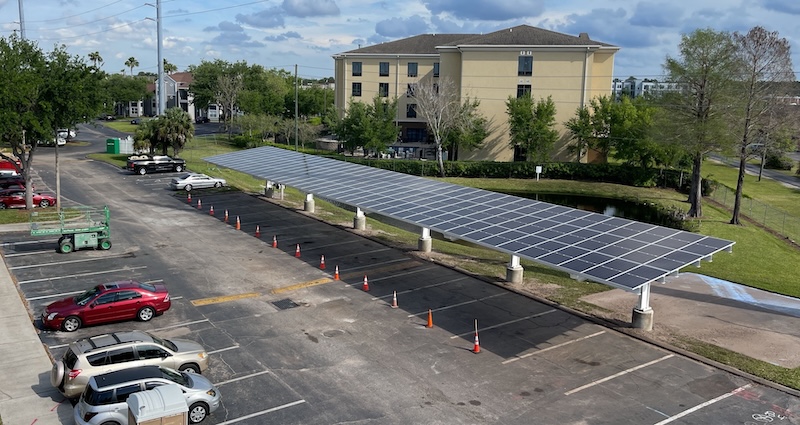
Do I need to install rapid shutdown on a carport array? Before the 2023 edition of the NEC, the language on this Code requirement was unclear.
In a proposal to amend the 2023 Code, the CMP stated, “The intent of this proposal is to clearly define that PV systems, installed in or on locations where firefighters will perform rooftop operations, require rapid shutdown (RSD) functions to allow firefighters to safely perform vertical ventilation and rescue operations. Basic firefighting methods are performed when there is an enclosed space below the PV system where the occupants may be working, living, or engaged in other similar actions. RSD was not envisioned for PV systems installed on solar carports, accessory structures, or ground-mounted arrays since any heat, smoke, or occupants could egress through the open sides of the structure. …The defined area where RSD is required is an enclosed space, designed for human occupancy, where living, sleeping, eating, cooking, or working is performed, and there are means of egress, light, and ventilation facilities.”
Hence, the 2023 revisions for 690.12 include Exception No. 2, which explicitly excludes PV equipment and circuits installed on non-enclosed, detached structures from a requirement to control the conductors via rapid shutdown devices.
Secondly, the NEC added another clarifying exception in 2023, 690.12(A) Exception, that conductors from non-enclosed structures that remain exterior to any buildings do not require RSD features.
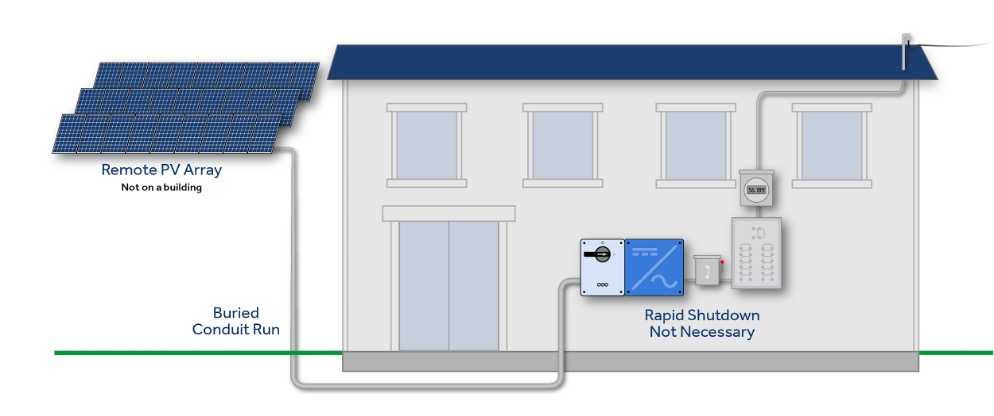
The system above would not require RSD per the exception to 690.12(A) of the 2023 NEC, since the array is not “on or in a building” and the array conductors remain along the building’s exterior.
These two exceptions are consistent with other codes concerning fire responder safety and site access. Per the NEC committee statement accompanying the 2023 revisions, the “new exception(s) are aligned with an existing exception to requirements for firefighter roof top access and pathways in the building and fire codes.”
In accepting that proposal, the committee statement acknowledged that these two installation schemes have an inherent reduced risk of shock to firefighters and do not require RSD. Including these exceptions brings the 2023 NEC into better alignment with the original purpose for RSD, which never intended to include circuits originating from non-enclosed structures such as canopies.
In addition, the current Code language provides clarity on the subject and empowers any authority-having-jurisdiction (AHJ) to make more straightforward decisions. The language neither changes the prevailing installation methodology nor raises new conflicts and safety concerns. Even in jurisdictions under the 2020 NEC language, an AHJ may be able to evaluate the change and implement the clarifying language here in 690.12, without wholly adopting NEC 2023. Lastly, this installation method will ultimately provide more uniform installations and minimize the potential for unnecessary confusion for a first responder unit encountering multiple configurations on non-enclosed, detached structures.
Tyson Bittrich is Market Research Analyst at Mayfield Renewables. He’s enthusiastic about the energy transition and is excited to contribute to renewable energy solutions. Tyson calls Portland, OR, home, where he is finishing his B.S. in Renewable Energy Engineering from the Oregon Institute of Technology. His studies focus on electrochemical storage technologies that best empower intermittent RE generation and distributed energy resources. Beyond work, Tyson is an avid musician and enjoys venturing into the many green spaces, coastlines, and mountain trails of the great PNW.
Learn more about PV+ESS codes and standards compliance, engineering design best practices and microgrid development topics through education and training with the project consulting engineers at Mayfield Renewables. Get up to speed on these complex technical subjects to grow your business in commercial PV and microgrids. https://www.mayfield.energy/education-training/ "
Mayfield Renewables | www.mayfield.energy
Author: Tyson Bittrich
Volume: 2025 September/October








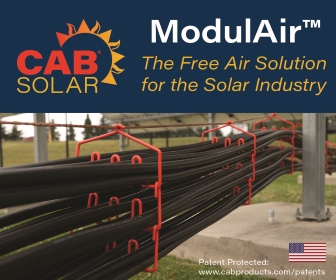

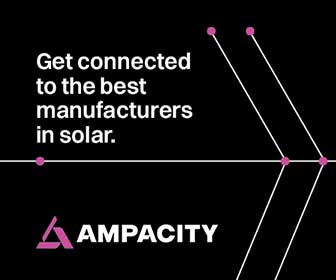
.png?r=2192)
